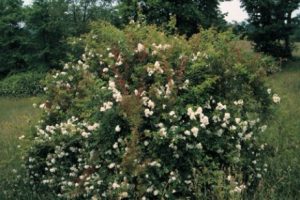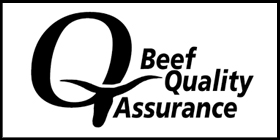– Kent McGuire – OSU Ag Safety and Health Coordinator
There are many activities during the summer that involve working with livestock. No matter if you are moving animals to different pastures, providing veterinary care, or youth working with 4H animals for the fair, safety should be a priority when handling livestock. Animal behavior can be unpredictable at times and livestock can revert to instinctual reactions when they feel threatened or stressed. Individuals can be injured due to preoccupation, haste, impatience, or even anger. Injuries that are common when working with livestock include bites, kicks, being stepped on, pinned against a solid surface, or overcome by a single animal or the whole herd. Some general guidelines when working with livestock include:
- Understand and study the Continue reading


